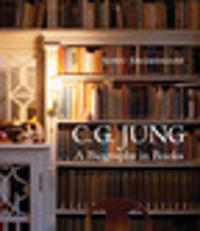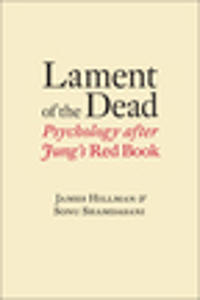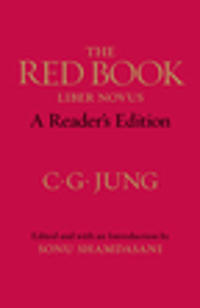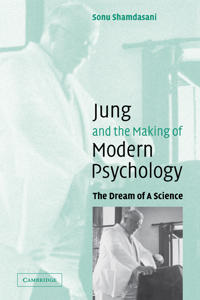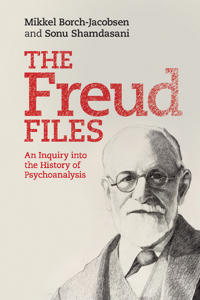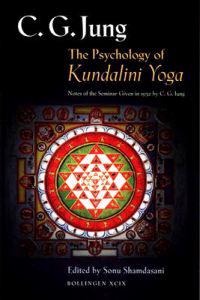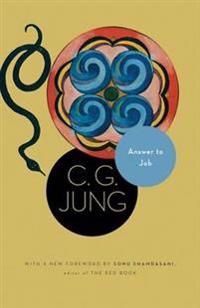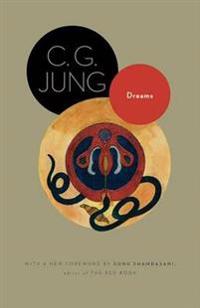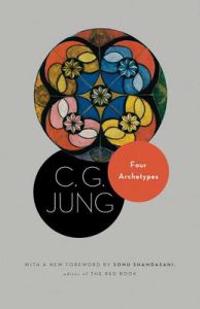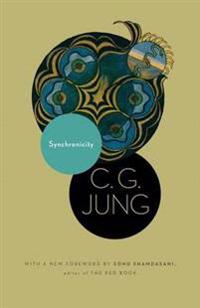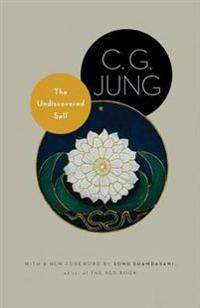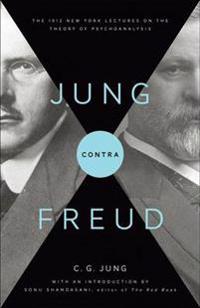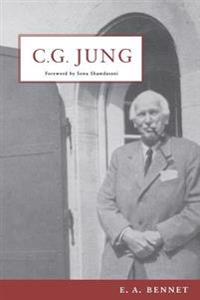C. G. Jung (Inbunden)
avSonu Shamdasani
ISBN: 9780393073676 - UTGIVEN: 201204In 1912, C. G. Jung wrote, Should it happen that all traditions in the world were cut off with a single blow, the whole mythology and history of religion would start over again with the succeeding generation. With this, Jung gave new understanding to the concept of world literature: that the history[...]
Lament of the Dead (Inbunden)
avJames Hillman, Sonu Shamdasani
ISBN: 9780393088946 - UTGIVEN: 201309In this book of dialogues, James Hillman and Sonu Shamdasani reassess psychology, history and creativity through the lens of Carl Jung's Red Book. Hillman, the founder of Archetypal Psychology, was one of the most prominent psychologists in America and is widely acknowledged as the most original fig[...]
The Red Book: A Reader's Edition (Inbunden)
avC. G. Jung, Sonu Shamdasani
ISBN: 9780393089080 - UTGIVEN: 201212The Red Book, published to wide acclaim in 2009, contains the nucleus of C. G. Jung s later works. It was here that he developed his principal theories of the archetypes, the collective unconscious, and the process of individuation that would transform psychotherapy from treatment of the sick into a[...]
Jung and the Making of Modern Psychology (Häftad)
avSonu Shamdasani
ISBN: 9780521539098 - UTGIVEN: 200312Occultist, Scientist, Prophet, Charlatan - C. G. Jung has been called all these things and after decades of myth making, is one of the most misunderstood figures in Western intellectual history. This book is the first comprehensive study of the origins of his psychology, as well as providing a new a[...]
The Freud Files (Pocket)
avMikkel Borch-Jacobsen, Sonu Shamdasani, Mikkel Borch-Jacobsen
ISBN: 9780521729789 - UTGIVEN: 201201How did psychoanalysis attain its prominent cultural position? How did it eclipse rival psychologies and psychotherapies, such that it became natural to bracket Freud with Copernicus and Darwin? Why did Freud 'triumph' to such a degree that we hardly remember his rivals? This book reconstructs the e[...]
The Psychology of Kundalini Yoga: Notes of the Seminar Given in 1932 by C. G. Jung (Häftad)
avCarl Gustav Jung, Sonu Shamdasani
ISBN: 9780691006765 - UTGIVEN: 199907"Kundalini yoga presented Jung with a model of something that was almost completely lacking in Western psychology--an account of the development phases of higher consciousness.... Jung's insistence on the psychogenic and symbolic significance of such states is even more timely now than then. As R. D[...]
Answer to Job (Häftad)
avC. G. Jung, Sonu Shamdasani
ISBN: 9780691150475 - UTGIVEN: 201010Considered one of Jung's most controversial works, "Answer to Job" also stands as Jung's most extensive commentary on a biblical text. Here, he confronts the story of the man who challenged God, the man who experienced hell on earth and still did not reject his faith. Job's journey parallels Jung's [...]
Dreams (Häftad)
avC. G. Jung, Sonu Shamdasani
ISBN: 9780691150482 - UTGIVEN: 201010Dream analysis is a distinctive and foundational part of analytical psychology, the school of psychology founded by C. G. Jung and his successors. This volume collects Jung's most insightful contributions to the study of dreams and their meaning. The essays in this volume, written by Jung between 19[...]
Four Archetypes: Mother, Rebirth, Spirit, Trickster (Häftad)
avC. G. Jung, Sonu Shamdasani
ISBN: 9780691150499 - UTGIVEN: 201010One of Jung's most influential ideas has been his view, presented here, that primordial images, or archetypes, dwell deep within the unconscious of every human being. The essays in this volume gather together Jung's most important statements on the archetypes, beginning with the introduction of the [...]
Synchronicity: An Acausal Connecting Principle (Häftad)
avC. G. Jung, Sonu Shamdasani
ISBN: 9780691150505 - UTGIVEN: 201010Jung was intrigued from early in his career with coincidences, especially those surprising juxtapositions that scientific rationality could not adequately explain. He discussed these ideas with Albert Einstein before World War I, but first used the term "synchronicity" in a 1930 lecture, in referenc[...]
The Undiscovered Self: With Symbols and the Interpretation of Dreams (Häftad)
avC. G. Jung, Sonu Shamdasani
ISBN: 9780691150512 - UTGIVEN: 201010These two essays, written late in Jung's life, reflect his responses to the shattering experience of World War II and the dawn of mass society. Among his most influential works, "The Undiscovered Self" is a plea for his generation--and those to come--to continue the individual work of self-discovery[...]
Jung Contra Freud: The 1912 New York Lectures on the Theory of Psychoanalysis (Häftad)
avC. G. Jung, Sonu Shamdasani
ISBN: 9780691152516 - UTGIVEN: 201112In the autumn of 1912, C. G. Jung, then president of the International Psychoanalytic Association, set out his critique and reformulation of the theory of psychoanalysis in a series of lectures in New York, ideas that were to prove unacceptable to Freud, thus creating a schism in the Freudian school[...]
C.G. Jung (Pocket)
avE. A. Bennet, E. A. Bennet, Sonu Shamdasani
ISBN: 9781888602357 - UTGIVEN: 200604

